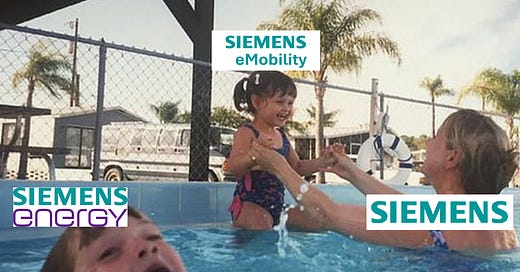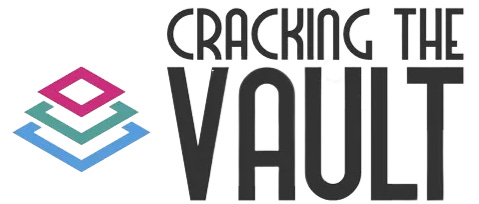Good morning and happy Wednesday.
TL;DR: Siemens is carving out its eMobility EV charging business to accelerate growth and agility in the rapidly evolving EV charging market.
Who: Siemens is separating its eMobility unit and combining it with Heliox, a specialist in DC fast-charging solutions.
What: The carve-out aims to create a focused and efficient entity that can better leverage opportunities, pursue partnerships, and enhance profitability in the EV charging infrastructure sector.
Why: By providing entrepreneurial freedom, Siemens enables eMobility to adapt to market changes and focus on high-potential segments.
Let’s jump in!
Siemens to Carve Out eMobility EV Charging Business
The Strategic Rationale for Siemens
By carving out its eMobility unit, Siemens seeks to accelerate growth and profitability in the EV charging market. The company intends to allow eMobility to operate with greater entrepreneurial freedom, making it more responsive to industry dynamics. It positions the unit to focus on high-potential business segments and strategically important geographies, enhancing its ability to innovate and compete effectively.
This strategy aligns with Siemens' broader goal of concentrating on core competencies while empowering specialized units to thrive independently. It reflects Siemens’ understanding that the rapidly evolving EV charging sector requires focused attention and the ability to adapt quickly to technological advancements and customer needs.
Combining Forces with Heliox
Integrating Heliox, a specialist in DC fast-charging solutions for eBus and eTruck fleets, enhances eMobility's product portfolio and market reach. Heliox's knowledge in power electronics and fast-charging technology complements Siemens' existing offerings, enabling the combined entity to offer a comprehensive range of charging solutions from residential to heavy-duty commercial applications.
This synergy allows eMobility to address a broader spectrum of customer needs and is targeted at strengthening its position in key markets Europe and North America.
Market Dynamics and Competitive Landscape
The EV charging market is experiencing rapid growth and consolidation, with major energy companies and competitors like ABB, ChargePoint, and Vattenfall expanding their presence. By carving out eMobility, Siemens positions the unit to operate more nimbly and imporve its competitiveness.
The focus enables eMobility to pursue strategic partnerships, adapt to market demands, and innovate rapidly. This agility is crucial for capturing market share and responding to the accelerating global shift toward electric vehicles.
Opportunities for Partnerships and Expansion
The new legal structure makes eMobility more attractive for potential partnerships or M&A and it provides the flexibility to engage with investors and partners who can contribute capital, technology, or market access.
Siemens acknowledges that all options are on the table, including IPO or strategic alliances. This openness to collaboration increases eMobility's potential to scale operations, enter new markets, and accelerate the development of charging solutions.
Impact on the EV Charging Infrastructure
Enhancing eMobility contributes significantly to the development of a EV charging infrastructure, which is essential for the widespread adoption of EVs. By focusing on innovation and efficiency, eMobility can help overcome one of the main barriers to EV adoption: the availability and accessibility of charging stations.
This strategy supports global sustainability goals by facilitating the transition to electric transportation, reducing carbon emissions, and promoting cleaner energy usage.
Conclusion
Siemens' decision to carve out its eMobility business is a strategic move designed to unlock growth potential and enhance competitiveness in an evolving market. By granting the unit entrepreneurial freedom and combining it with Heliox, Siemens empowers eMobility to be more agile and focused.
This initiative positions Siemens to capitalize on the growing demand for EV charging infrastructure and contributes to the broader objective of achieving net-zero emissions by 2050.
Until next time, stay curious!





